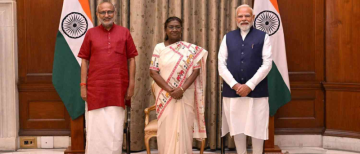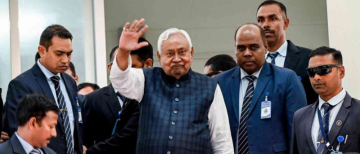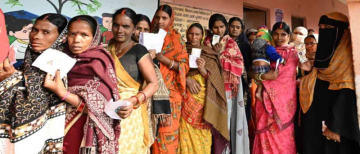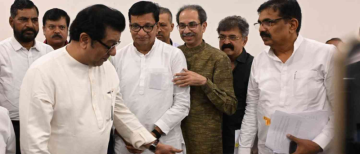India has taken the initial steps towards procuring advanced drones from the United States, submitting a Letter of Request (LoR) to Washington for the acquisition of 31 MQ-9B remotely piloted aircraft systems (RPAS). This significant development, confirmed by insiders on the condition of anonymity, encompasses comprehensive details such as the requirements across the tri-services, equipment specifications, and procurement terms. Following the submission of the LoR, the United States will reciprocate with a Letter of Acceptance, which will set the stage for negotiations between India and the US. These discussions will factor in pricing considerations and terms comparable to those offered to other nations.

This drone procurement endeavour holds the promise of technology transfer, providing valuable support in bridging the technological gaps faced by India's Defence Research and Development Organisation (DRDO) in achieving indigenous drone system development. The acquisition process falls under the foreign military sales program, a government-to-government approach employed by Washington to facilitate the sale of US-built platforms. The Defense Acquisitions Council of India, the nation's primary body for weapons procurement, approved the necessity of acquiring the General Atomics MQ-9B high altitude long endurance drones on June 15. The Indian Navy is slated to receive 15 of these drones, with the Indian Army and Indian Air Force each allocated eight. This pivotal decision marked the initial step toward obtaining these crucial military assets.
General Atomics has extended an offer to supply these drones to India at a proposed cost of $3.07 billion, subject to negotiation. This estimate encompasses the drones themselves along with associated weaponry, sensors, ground control stations, ground data terminals, ground handling equipment, spares, and logistical support.
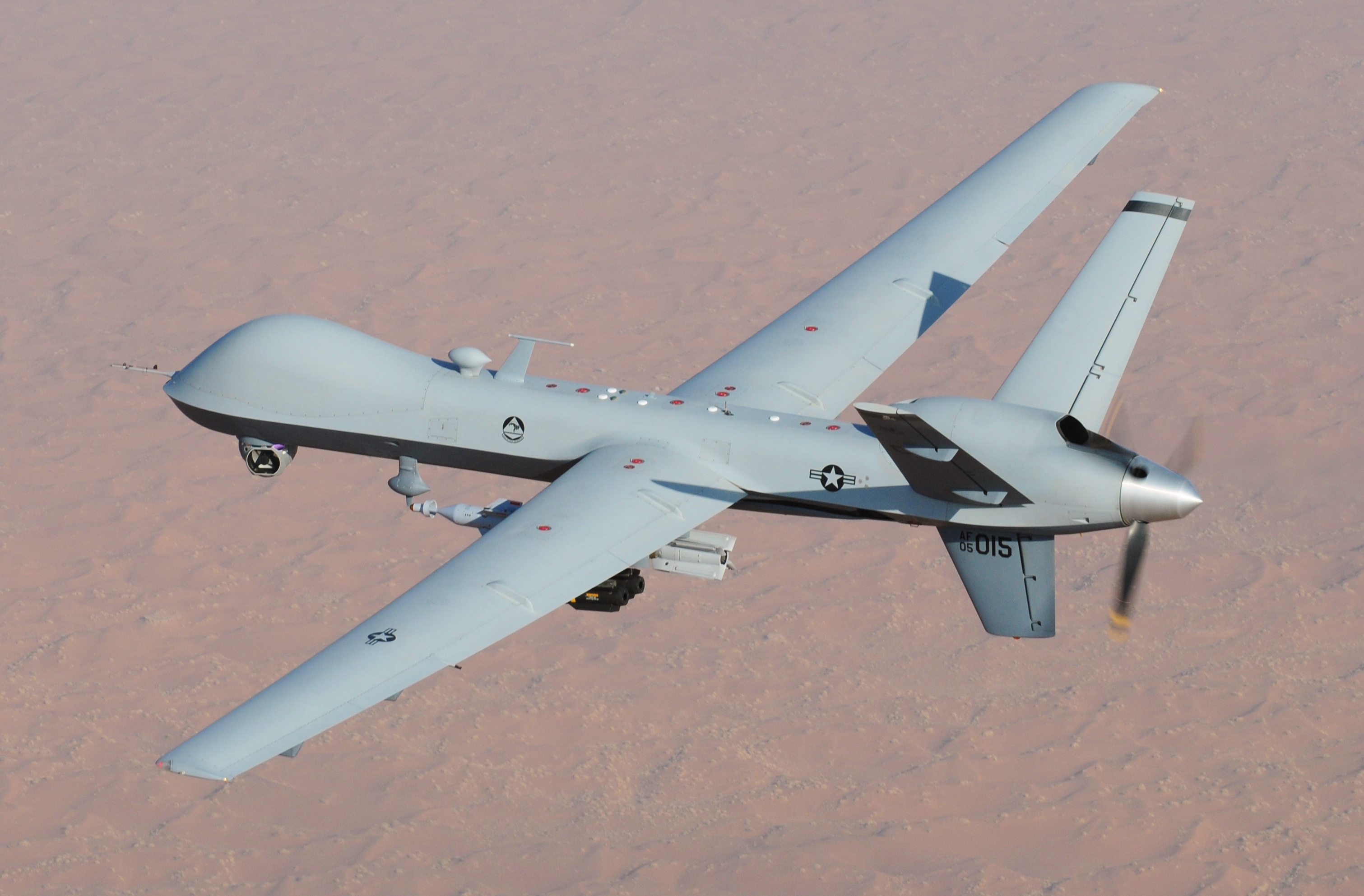
India is actively pursuing an increased technology transfer component in these negotiations, aiming to elevate it from the current 8-9% to a more substantial 15% to 20%. These drones, to be assembled in India, will offer a versatile platform capable of striking targets with onboard weapons, conducting intelligence, surveillance, and reconnaissance (ISR) missions, and fulfilling roles in electronic warfare, defensive counter air, and airborne early warning.
© Copyright 2023. All Rights Reserved Powered by Vygr Media.









